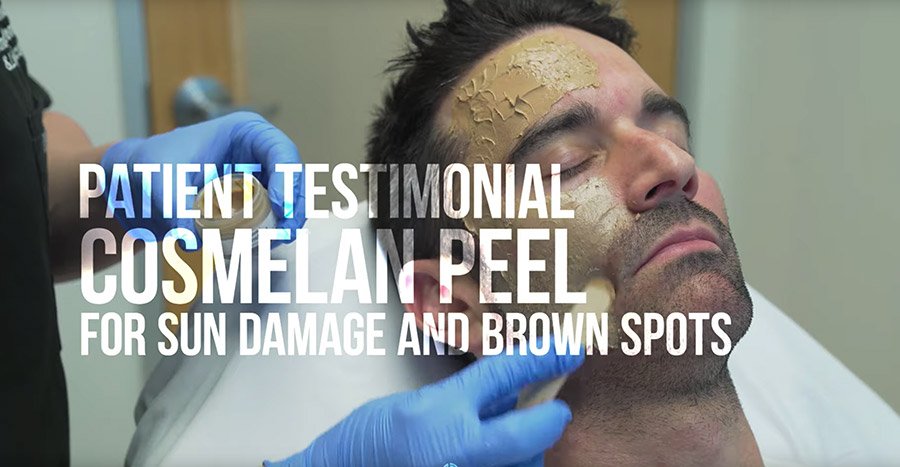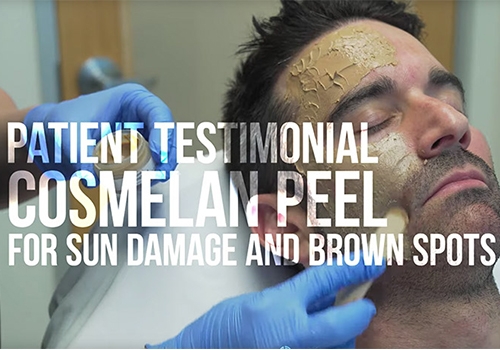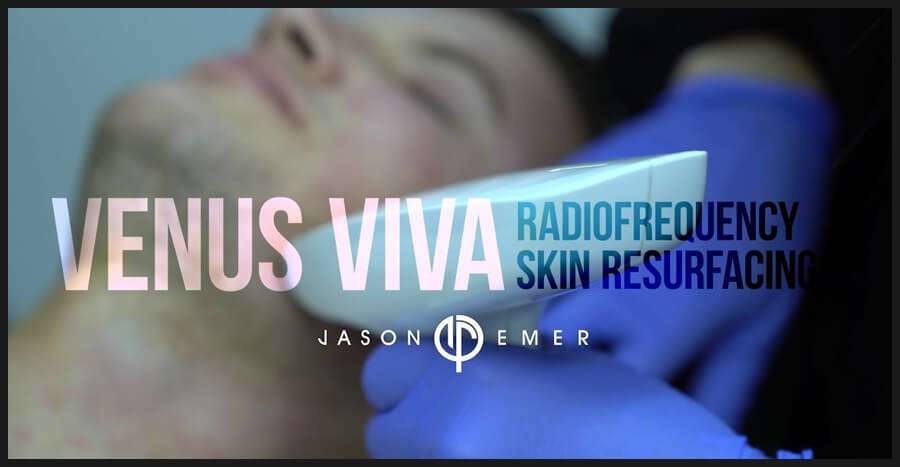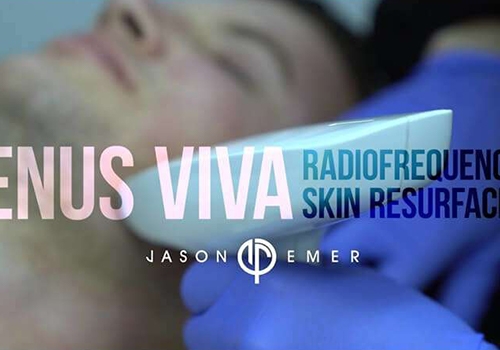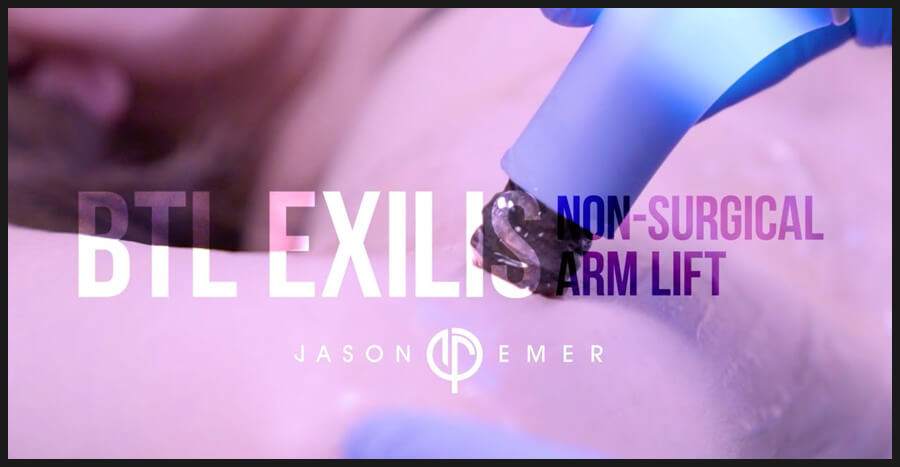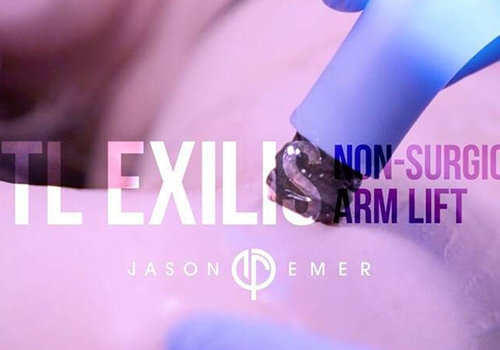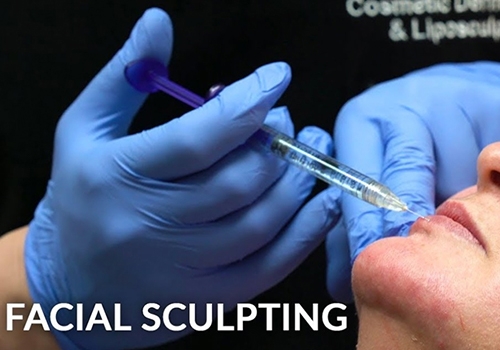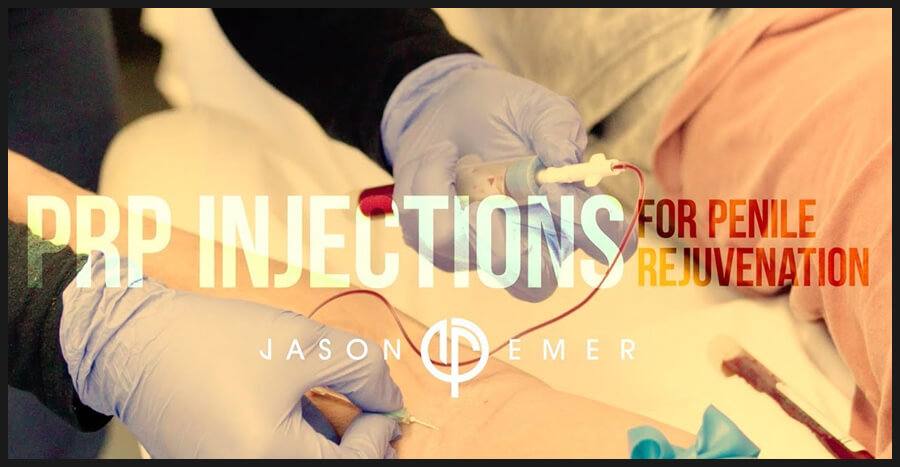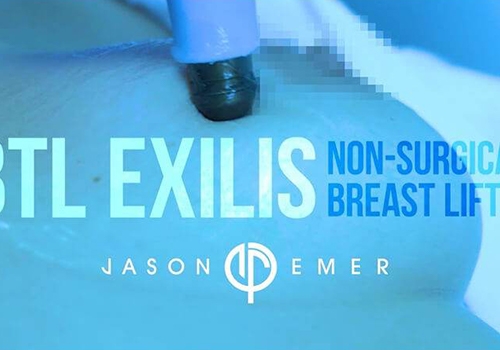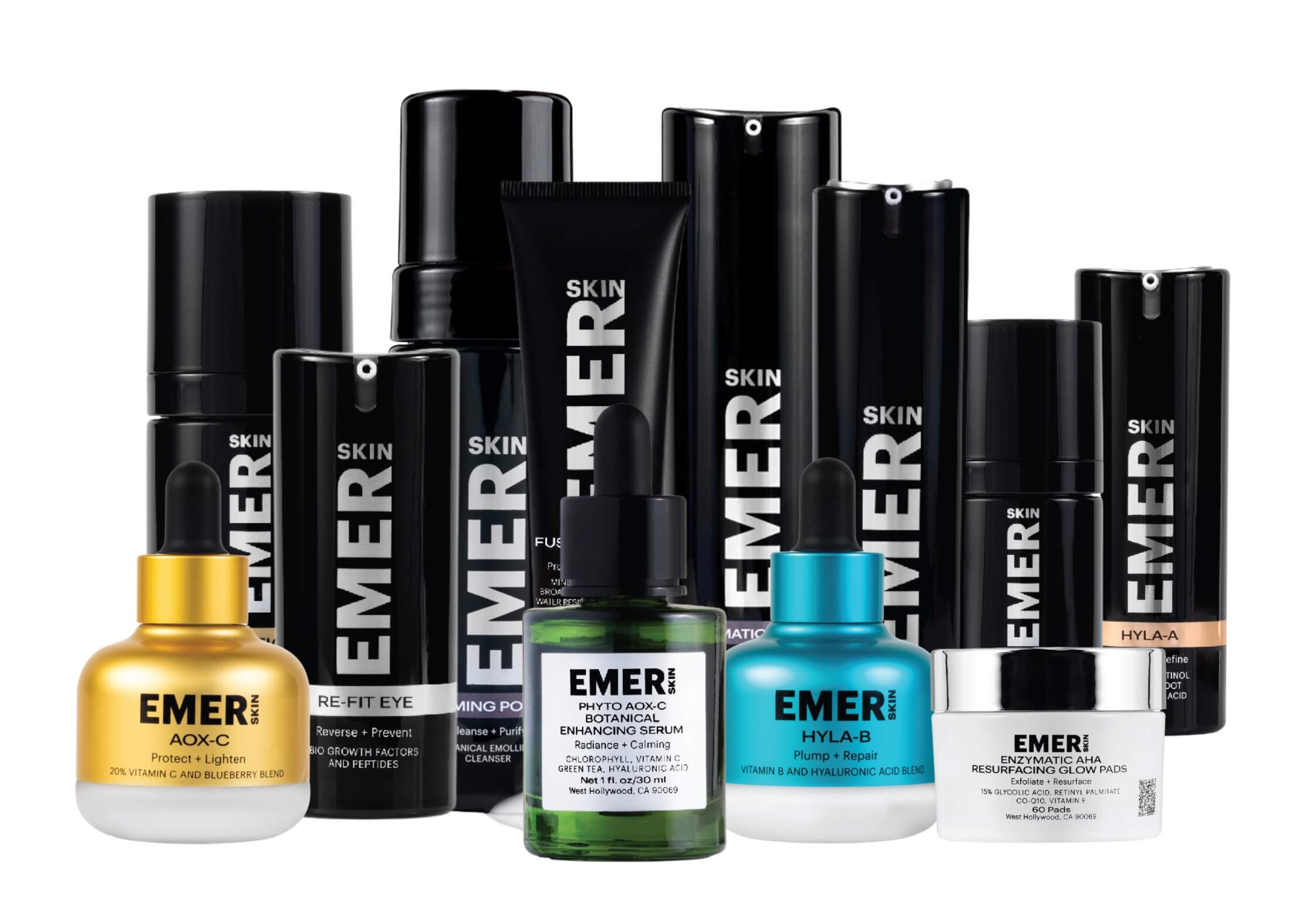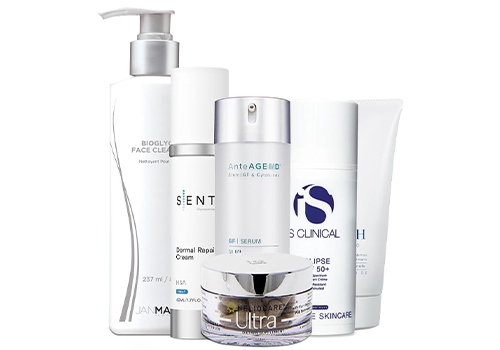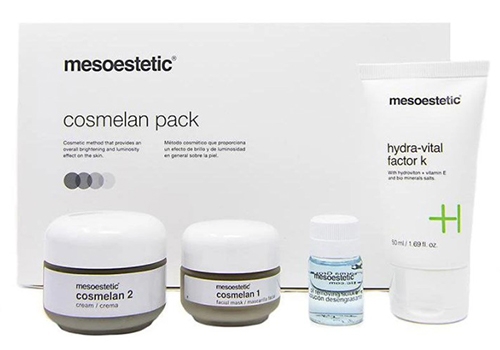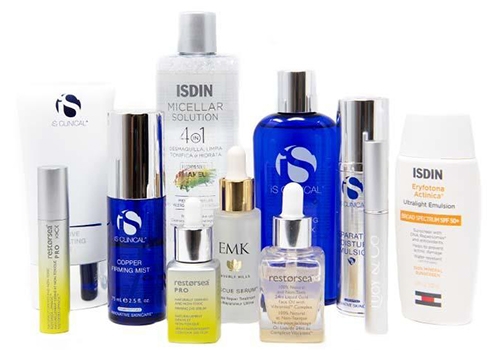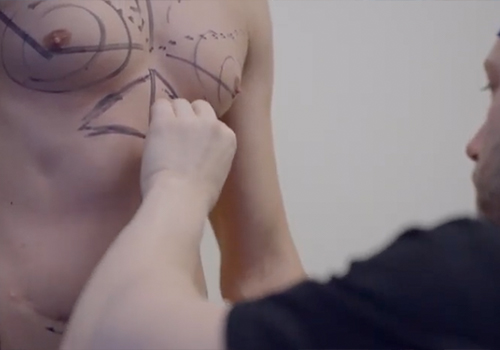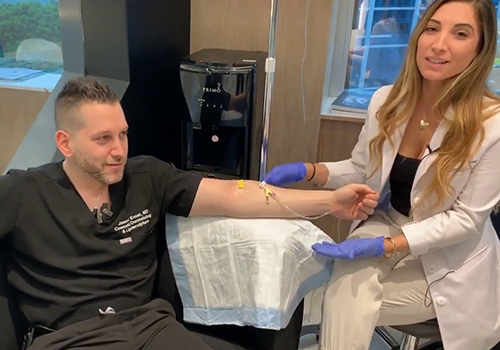Scar revision is a broad term encompassing various procedures designed to improve the appearance of scars. Scars are the body’s natural way of healing wounds, but they can sometimes be raised, sunken, discolored, or cause functional limitations. Scar revision aims to make scars less noticeable and improve their overall texture and function.
Types of Scar Revision: There are various scar revision techniques, chosen based on the type and severity of the scar. Here are some common approaches:
- Excision: Surgical removal of scar tissue followed by closure of the wound with stitches or other techniques to create a less noticeable scar.
- Injection: Filling depressed scars with substances like collagen or fat grafts to elevate and improve their appearance.
- Laser Treatment: Different lasers can target scar tissue, reducing redness, promoting collagen production, and smoothing the scar surface.
- Dermabrasion/Microneedling: These techniques create controlled micro-injuries around the scar, stimulating collagen production and potentially improving scar texture.
- Z-plasty & W-plasty: Surgical techniques that involve rearranging surrounding skin to create a more aesthetically pleasing scar line.
Pros of Scar Revision:
- Improved Appearance: Effective scar revision can significantly improve the cosmetic appearance of scars, boosting self-confidence and reducing social anxiety.
- Functional Improvement: In some cases, scar revision can address functional limitations caused by scars, such as restricted movement or pain.
- Psychological Benefits: Reducing the visibility of scars can have a positive impact on a person’s emotional well-being and self-esteem.
- Wide Range of Techniques: There are options for treating various types of scars, allowing for a personalized approach.
Cons of Scar Revision:
- Not Always Perfect: Scar revision can improve a scar’s appearance, but it often cannot completely eliminate it.
- Potential Side Effects: As with any surgery or procedure, there are risks of infection, bleeding, scarring (from the revision itself), and temporary discomfort.
- Cost: Scar revision procedures can be expensive depending on the complexity, technique used, and geographic location.
Alternatives to Scar Revision:
- Silicone Gel Sheeting: Applying silicone gel sheets on the scar for extended periods can help flatten and soften raised scars.
- Pressure Therapy: Applying constant pressure on the scar with garments or bandages can help improve scar texture and reduce redness.
- Topical Creams: Certain creams containing ingredients like hyaluronic acid or silicone may offer mild improvement in scar appearance.
Recovery Time: Recovery time varies depending on the procedure. Simple procedures might involve minimal downtime, while complex surgeries may require longer healing periods.
Disclaimer: This information is for general knowledge only and does not substitute for professional medical advice. Always consult a board-certified dermatologist or plastic surgeon to discuss scar revision options. They can assess your specific scar, recommend the most suitable treatment approach, and explain the potential risks and benefits.
